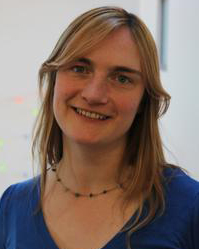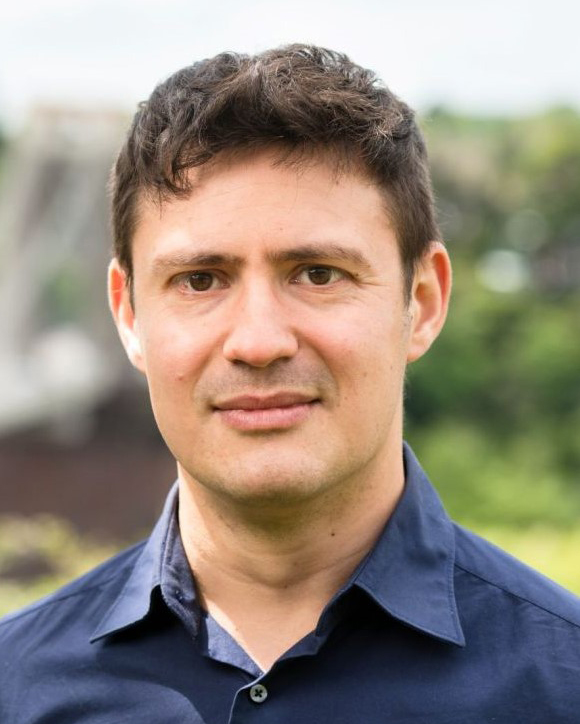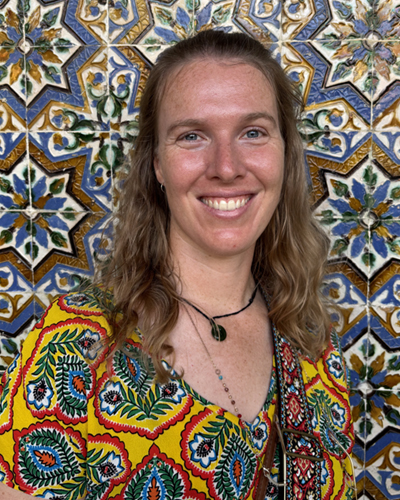Quantum
Quantum after the hype. Reality checks in
Reading time: 8 mins
At Foresight Live, panellists warn against overpromising quantum breakthroughs, calling instead for collaboration, supply chain clarity, and a long-term strategy
Quantum sensing and quantum-based positioning, navigation, and timing systems are going to be “incredibly important” and some of the first quantum technologies with widespread real-world applications, according to a recent Foresight Live panel discussion.
The panel consisted of Ruth Oulton, professor of quantum photonics at the University of Bristol, Zoe Davidson, a research specialist in optical networks at BT, and Francesco Raffaelli, head of technology at KETS Quantum Security, a quantum technology spinout from the university.
Although a lot of quantum tech remains early-stage, notes Oulton, there has been a significant evolution over the past 10 years, as theoretical research from preceding decades has slowly been turned into products. For academics, this creates an interesting challenge, “making sure [they] don’t do the development part that companies need to do,” as Oulton says.
Oulton adds that we should already be looking for what’s next. “Whether you’re working on algorithms or on devices or on systems, there are start-ups almost doing the same thing as you,” she says. “So you’ve got to leave that behind and find the next big challenges.”
The challenge of applying current research remains, Oulton says. That will require investment. Oulton herself is working on quantum dots, where “some deep physics needs to be done still,” she explains. The other end of the scale is quantum computing, which remains very difficult to build.

Despite the hype, potential end-users need to be taught patience, something that academics are naturally very good at, she says, because “you’re used to things not working, you’re used to it being very long timescales before you see something be reality.” Headline-grabbing announcements are not helpful here, she stresses, because they often make it sound like very early-stage technology is almost ready to be deployed widely.
“Managing that hype has been very difficult. It’s quite frustrating for academics because we’ve got quite a lot of rigour,” says Oulton. The danger of a boom and bust approach is that governments and investors will throw money at the sector, and then take the money away because it hasn’t immediately come to fruition.
Some challenges will need to be solved through collaborations, for example by working with chemists on using quantum computing to come up with new materials, and by talking to industry to figure out what their pain points are. Asking, for example: “how are we going to put our QKD [quantum key distribution] system into a telecoms fibre network commercially?”
This is an area of great interest to BT. As a telecoms firm, it is focused on quantum communications and it’s particularly interested in developing networks to handle quantum sensing, quantum computing, and quantum key distribution applications, explains Davidson. The company is currently involved in the Quantum Secure Metro Network, launched together with Toshiba in 2022 to demonstrate the real-world viability of quantum key distribution with clients EY and HSBC.
KETS Quantum Security, which develops QKD technology, has commercially deployed its product and is working on further miniaturisation as it looks to industry to fully embrace this new form of cryptography, says Raffaelli. QKD technology, he adds, has reached “a reasonably high level of maturity” not just at KETS but broadly.
Yet there are two challenges ahead for the start-up, he says. The first is around educating and convincing potential clients that QKD is a technology that works and adds value.
The second is around further development of KETS’s product, as Raffaelli admits that its system “hasn’t reached quite the price point that enables widespread use.” This second hurdle is one that KETS cannot solve alone because it’s also a supply chain issue.

KETS sources materials from the UK and mainland Europe, which Raffaelli notes has significant strengths in photonics, and Asia, where KETS has to go to source some “very critical parts”. But the start-up also has to pay close attention to where it acquires specific parts – it might buy bare printed circuit boards from anywhere, because there is no security threat, but has to carefully evaluate where it sources security-sensitive parts.
Oulton adds that the UK government is “laser focused on supply chains” and would ideally like a fully sovereign supply but, she says, “I don’t think that is ever going to happen”. However, the UK has an opportunity in building a linked-up UK-wide ecosystem rather than an assortment of individual facilities that don’t work together. “I think that will actually bring in inward investment as well,” Oulton says.
There is a concern that the UK government may be miscategorising quantum by thinking of it as an AI-related technology. “It hasn’t quite understood that quantum technologies are more or less a semiconductor technology,” says Oulton – and they tend to group it with AI because they see it only as computing. Oulton adds that the government will need the help of academia “to map out that supply chain” and give advice on which things can and should be built in the UK, such as small-scale manufacturing facilities.For BT, the supply chain is a question of assurance because quantum cryptography relies on a physical device rather than software. The firm is a member of QAssure, a consortium that also includes the University of Bristol and KETS Quantum Security, to assess the system security for quantum communications, with QKD as the main focus.
It is also a question of messaging and educating the end user. Davidson highlights how the term “cloud” has made it hard for end users to know what it actually is, yet has stuck as a buzzword. “Do our business customers and consumers care about what the technology is in the network that’s making the network better? Realistically, not really,” she says. “They care that it makes their lives easier and better and their data more secure.”

While end-users may not care how the network works, educating the workforce is critical for successful quantum deployment. BT runs QKD trials across its fibre network, but traditional engineering tools can misread the system. “QKD fibres have very low photon counts,” explains Davidson, which means handheld testers can mistakenly show no signal. As a result, engineers might unplug a live QKD link causing a disruption that’s hard to trace. “We’ve lost our QKD link and it takes us a very long time to find that because we don’t know exactly what happened,” she says, underscoring the need for targeted training and better diagnostic tools as quantum networks grow.
It’s a massive challenge for a company that employs more than 100,000 people, the vast majority of whom don’t have degrees in quantum technology. It’s made even more challenging because there is poor record-keeping, a struggle that every large organisation faces. A solution, Davidson suggests, could be using existing technologies like digital twins to show where different fibres are going and what services are sent over them.
Davidson adds that the Bristol ecosystem is, however, in a position of strength because there is a lot of collaboration going on between university, industry and start-ups. “Bristol is quite unique in terms of how we all work together,” she says.
That doesn’t mean Bristol and the government can’t still learn from others. Oulton and Davidson highlight the potential for cross-pollination, while Davidson specifically points at the South Wales cluster which is turning the closure of steel mills into an opportunity by recognising that these workers have the necessary skills to move into semiconductor foundries and advanced manufacturing. “They have a direct retraining programme,” Davidson says.
Looking to the future, Davidson says she hopes that in five years “what we’re talking about is no longer a research problem” but the technology is being deployed by BT engineers in the field.
Oulton agrees that there is massive potential, but notes that momentum needs to be maintained. Bristol is in a formidable position, though. “We’ve got all the experts here,“ she argues, to figure out the basic research and collaborate with industry to turn it into reality. “I would like to see that people come here and say, ‘I want to work in quantum’. They might go to a start-up, then they might go back to academia, then they might go to BT. They move around, but they stay in Bristol.”
Concluding the discussion, Bristol Innovations’ Simon Bond takes the opportunity to look ahead as well: “We’re not just stopping with our Quantum Technologies Innovation Centre. In less than two years’ time, we are building this new wonderful Temple Quarter Enterprise Campus and the Quantum Technologies Innovation Centre is going to scale up. We’re going to have a suite of labs there and a suite of offices for businesses from our ecosystem to work with large multinational corporations and others with our academic research base in Bristol.”
Join us on Thursday 12th June 2025 at Engine Shed in Bristol (16.30-19.00) for our next Foresight Live event – an expert panel discussion on the challenges and opportunities driving innovation in AI and telecoms, followed by networking.
Our panellists for the event are:

Thierry is a freelance journalist specialising in university research commercialisation. He has over a decade experience covering spinouts and university venture funds globally, with his research cited in publications including the UK government's Spinout Review, the Financial Times, and The Wall Street Journal.
Quantum
Reading time: 10 mins
Quantum
Reading time: 10 mins
Quantum
Reading time: 11 mins
Robotics
Reading time: 1 mins
Quantum
Reading time: 3 mins